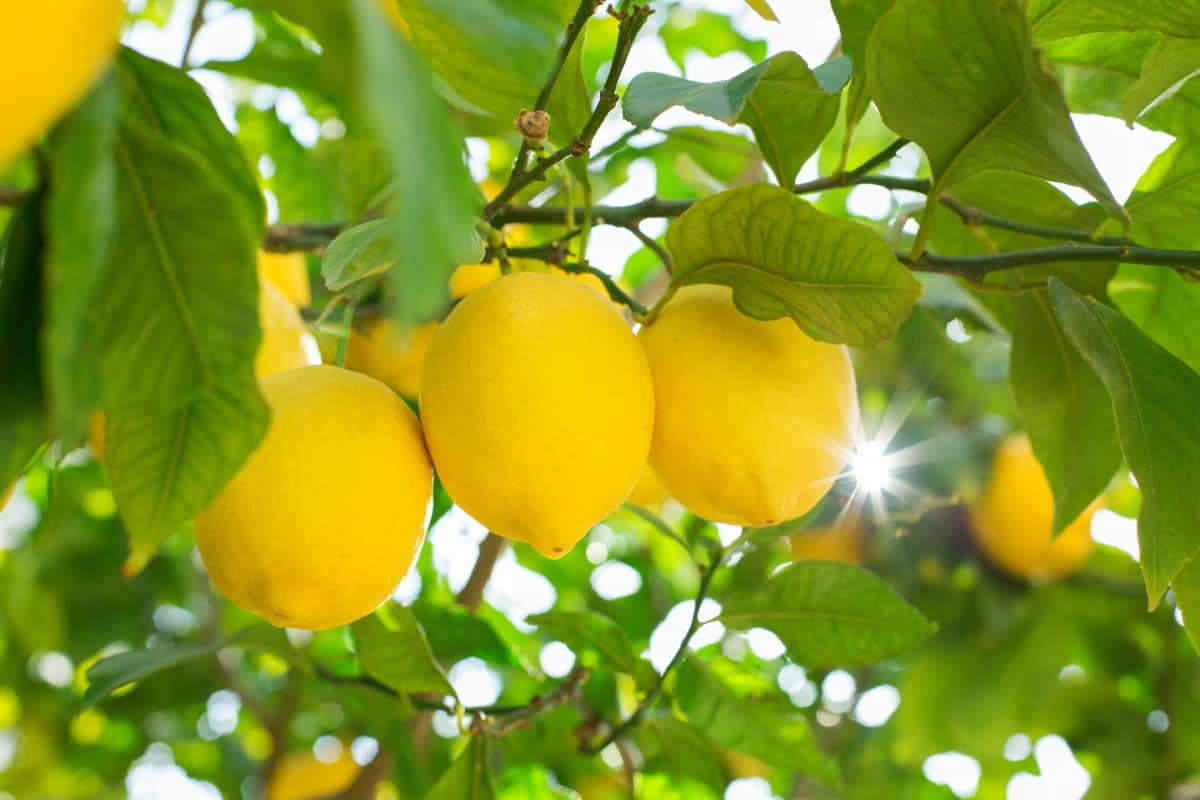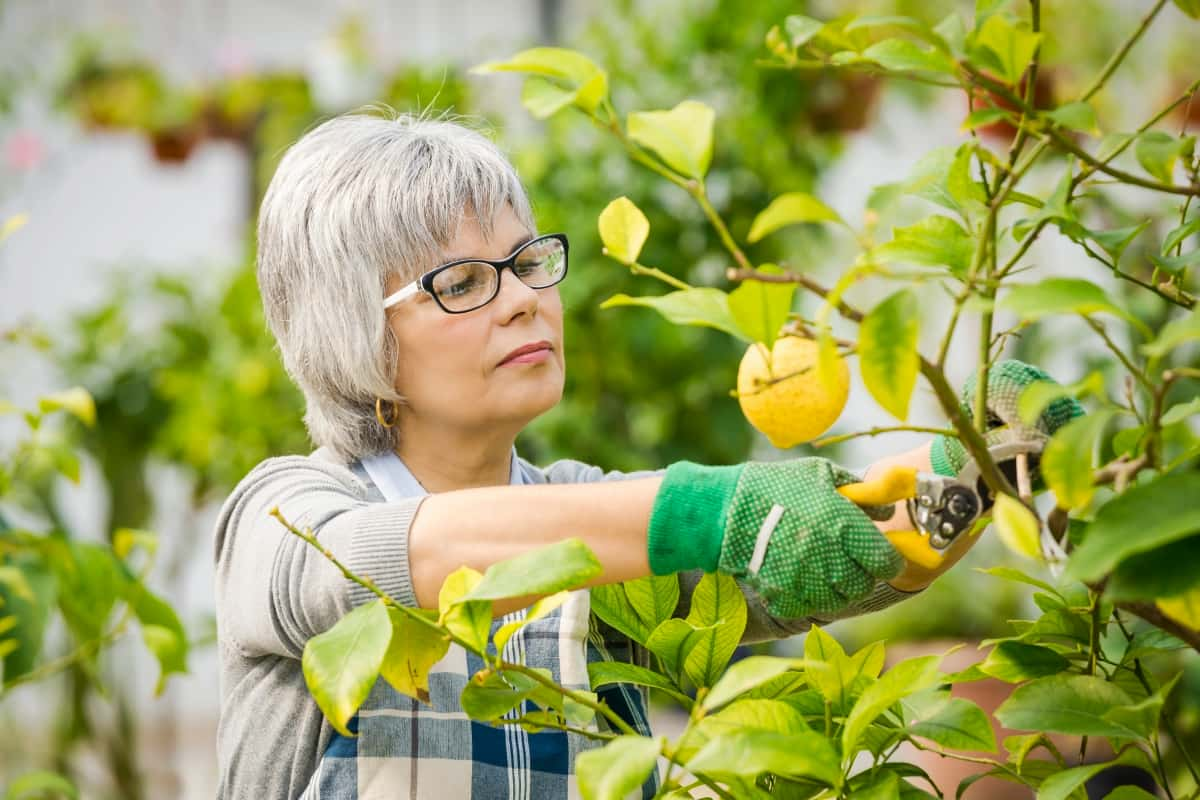Citrus trees are susceptible to various fungal diseases that can impact their health and productivity significantly. These diseases, including citrus canker, citrus black spot, and powdery mildew, are caused by pathogenic fungi that thrive in warm and humid conditions. Fungal infections often manifest as leaf spots, fruit blemishes, and tree decline.

Effective management strategies are crucial to prevent and control these diseases, ensuring the vitality of citrus orchards. This guide will explore natural and organic treatments to combat fungal diseases, promoting sustainable citrus tree health without resorting to synthetic chemicals.
Management of Fungal Disease in Citrus Trees
Identifying Common Fungal Diseases in Citrus Trees
- Citrus trees are vulnerable to several prevalent fungal diseases, each presenting distinctive symptoms. Citrus canker, caused by the bacterium Xanthomonas citri, is identified by raised lesions on leaves, fruit, and stems, often surrounded by water-soaked areas.
- Citrus black spot, due to the fungus Guignardia citricarpa, manifests as dark, scaly lesions on fruit rinds, diminishing their market value.
- Powdery mildew, triggered by various fungi like Podosphaera spp., produces a powdery white coating on leaves, inhibiting photosynthesis.
- Phytophthora root rot, caused by Phytophthora spp., affects the tree’s root system, leading to wilting and canopy thinning.
- Alternaria brown spot, caused by Alternaria spp., results in circular leaf lesions, impacting fruit quality.
Recognizing the above symptoms is crucial for early detection and effective management. Timely identification empowers citrus growers to implement targeted natural and organic treatments, mitigating the impact of these fungal diseases on orchard health and yield.
Cultural Practices for Managing Fungal Diseases in Citrus Trees
Implementing proper cultural practices is essential for fungal disease management in citrus orchards. Start by ensuring adequate spacing between trees to promote air circulation, reducing humidity that favors fungal growth. Regular pruning helps eliminate infected plant parts and opens the canopy, enhancing sunlight penetration.
Utilize drip irrigation to keep foliage dry, as moisture facilitates fungal proliferation. Mulching around the base of trees helps maintain soil moisture levels and prevents soil-borne pathogens. Additionally, proper orchard sanitation, including removing fallen leaves and fruit, minimizes potential disease reservoirs. Adopting these cultural practices is fundamental to holistic fungal disease prevention in citrus groves.
Proper Pruning Techniques to Prevent Fungal Infections in Citrus Trees
Employing precise pruning techniques is crucial for mitigating fungal infections in citrus trees. Begin by removing dead or diseased branches to eliminate potential sources of infection. Thinning the canopy enhances air circulation, reducing humidity and discouraging fungal growth.
In case you missed it: How to Prevent Fungal Diseases on Garden Plants with Neem Oil: Natural and Organic Solution

Prune during dry periods to minimize the risk of open wounds becoming entry points for pathogens. Focus on creating an open and well-ventilated canopy to allow sunlight penetration, which inhibits fungal development. Regular inspection and strategic pruning contribute to the overall health of citrus trees, forming a proactive defense against fungal diseases while promoting optimal growth and fruit production.
Selecting Resistant Citrus Varieties to Minimize Fungal Disease Risks
A strategic approach to reducing fungal disease risks in citrus orchards involves choosing resistant citrus varieties. Some cultivars naturally possess genetic traits that make them less susceptible to certain pathogens. Growing growers can establish a frontline defense against common fungal infections by selecting and planting resistant varieties.
This proactive measure minimizes the need for extensive chemical treatments and contributes to the orchard’s overall sustainability and health. Researching and adopting resistant citrus varieties aligns with integrated pest management practices, promoting a resilient and thriving citrus cultivation environment.
Implementing Proper Irrigation Practices to Reduce Fungal Disease Incidence
Watering at the base of the tree using methods like drip irrigation helps keep foliage dry, preventing conditions conducive to fungal growth. Timing is crucial; irrigate in the morning to allow the moisture to evaporate during the day. Avoid overhead irrigation to minimize leaf wetness, a key factor in fungal development. Consistent soil moisture levels promote tree health without creating a favorable environment for pathogens. By incorporating these proper irrigation practices, growers can reduce the incidence of fungal diseases in citrus trees significantly.
Using Organic and Chemical Fungicides for Controlling Fungal Diseases in Citrus Trees
Controlling fungal diseases in citrus trees often involves a combination of organic and chemical fungicides. Organic options, such as neem oil or copper-based sprays, are favored for their minimal environmental impact. Neem oil acts as an organic fungicide and pesticide, disrupting the life cycle of various pathogens. Copper-based formulations, like Bordeaux mixture, possess broad-spectrum antifungal properties.
However, organic solutions may require more frequent application. Chemical fungicides, including azoxystrobin or propiconazole, offer potent control but should be used judiciously due to environmental concerns. Integrated pest management (IPM) strategies recommend a balanced approach, combining cultural practices, resistant varieties, and careful fungicide selection.
Sanitation Measures to Prevent the Spread of Fungal Pathogens in Citrus Orchards
Enforcing rigorous sanitation practices is vital in curbing the spread of fungal pathogens in citrus orchards. Promptly remove and destroy fallen leaves and fruit, which can serve as potential disease reservoirs. Regularly prune and dispose of infected plant material to eliminate sources of contamination. Disinfect pruning tools between trees to prevent cross-contamination. Implementing strict orchard sanitation minimizes the presence of fungal inoculum, disrupting the disease cycle and reducing the risk of infections.
In case you missed it: Common Citrus Tree Diseases: Symptoms, Treatment, Control, Prevention, and Management

Integrated Pest Management Strategies for Managing Fungal Diseases in Citrus Trees
Begin with regular monitoring to detect early signs of infection. Utilize disease-resistant citrus varieties and implement proper cultural practices, including adequate spacing, pruning, and irrigation management. Natural enemies like beneficial insects can be encouraged to control pest populations that may contribute to fungal spread.
Employing organic fungicides and judiciously using chemical treatments, if necessary, completes the IPM approach. By integrating these comprehensive strategies, citrus growers can proactively combat fungal diseases, minimizing environmental impact and promoting sustainable orchard health.
Monitoring and Early Detection of Fungal Diseases in Citrus Trees
Regularly inspect trees for symptoms such as leaf spots, cankers, or powdery residues. Implement a systematic scouting program focusing on upper and lower leaf surfaces, stems, and fruit. Early identification allows for prompt intervention, reducing the impact of fungal infections.
In case you missed it: Common Citrus Damaging Pests: Symptoms, Treatment, Prevention, and Management

Adopting advanced tools, like disease forecasting models and diagnostic technologies, enhances precision in detection. Swift response to emerging issues enables citrus growers to implement targeted management strategies, such as organic treatments or resistant variety selection, safeguarding the overall health and productivity of the orchard.
Conclusion
In conclusion, a proactive and holistic approach is essential for managing fungal diseases in citrus trees. Regular monitoring and sanitation further contribute to effective disease control. By adopting these measures, citrus growers can maintain orchard health sustainably, minimizing environmental impact and ensuring the longevity and productivity of their citrus trees.
- Beneficial Insects in Pest Management
- Natural Solutions for Pest Control in Flower Gardens
- Types of Fungicides Used in Agriculture
- Common Issues in the Fruit Development Stage of Pomegranate Farming
- Fruit Development Issues in Papaya: Easy Solutions and Treatment
- Soil-Borne Diseases and How to Protect Your Plants
- Practices to Prevent Disease Spread in the Garden
- From Wilted to Thriving: How to Treat Root Rot Naturally in Houseplants
- Natural Remedies to Cure Brown Spots on Fig Tree Leaves